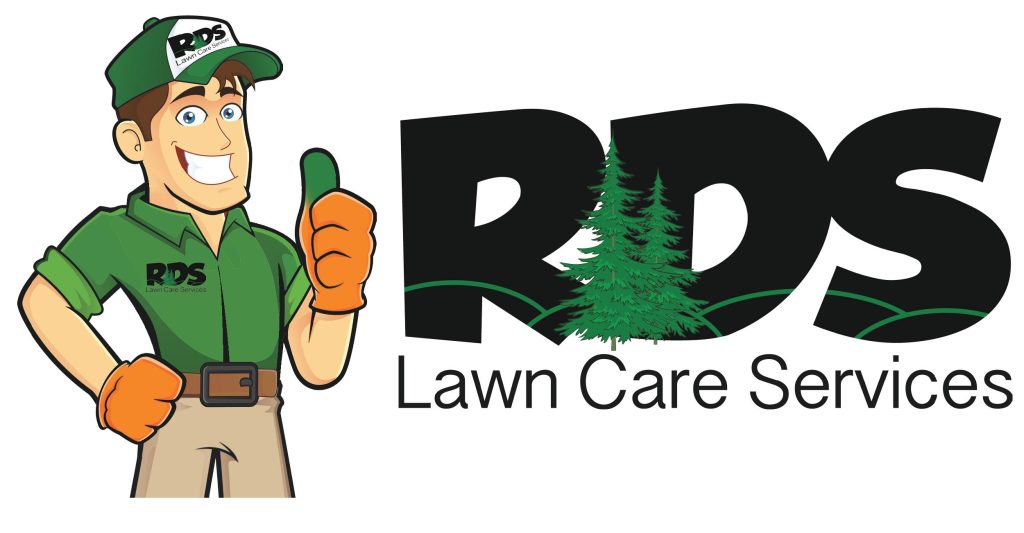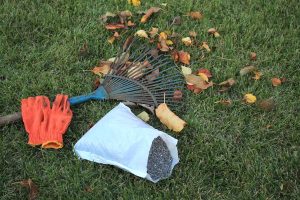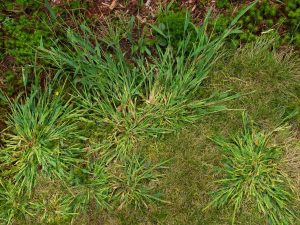Your lawn might look like a simple carpet of green, but under the surface, each blade tells a different story. Identifying what type of grass you have is one of the most important steps in maintaining a healthy, vibrant lawn year-round—especially in North Carolina’s diverse climate.
North Carolina sits in a “transition zone,” meaning both warm-season and cool-season grasses can grow here, depending on your location. But knowing your grass type goes far beyond curiosity. It’s the key to fertilizing correctly, mowing at the right height, choosing herbicides that won’t harm your lawn, and even knowing when (and what) to overseed.
Let’s explore how to identify the grass in your lawn, how regional climate impacts your grass choice, and how RDS Lawn Care can help.
Warm-Season Grass Types
Bermudagrass
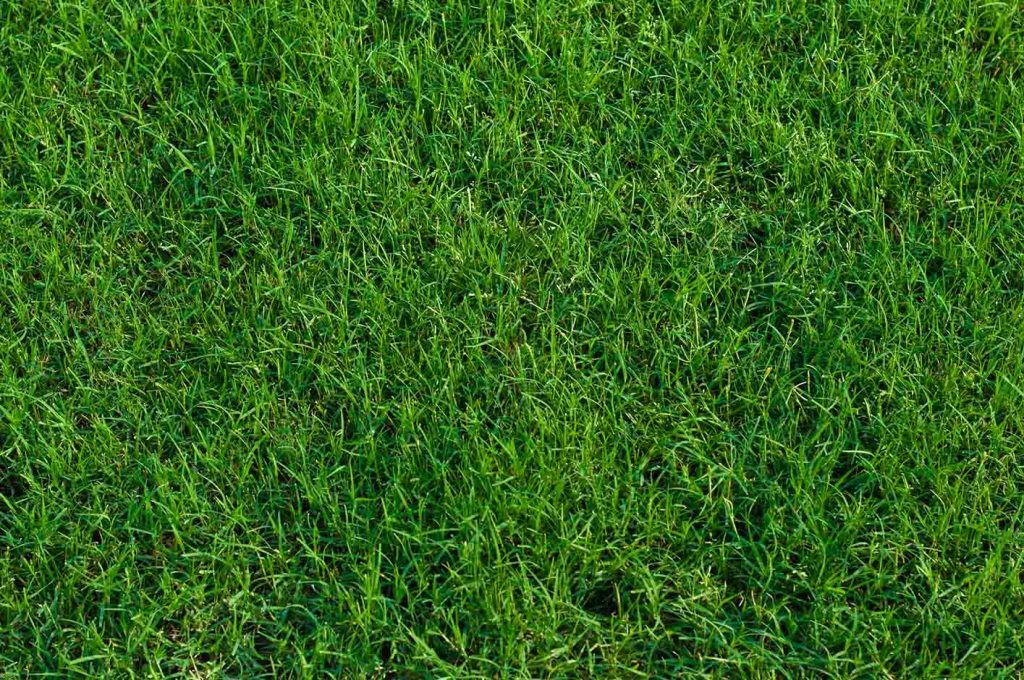
Bermudagrass is one of the most common grass types for warm-season lawns. Homeowners and landscapers love Bermudagrass because it is a very tolerant turf, and it holds up especially well to heavy foot traffic and daily wear. Bermudagrass requires a lot of direct sunlight, so lawns that are heavily shaded should not use Bermudagrass. Lawns with Bermudagrass commonly become thick and dense, with rapid growth occurring via stolons and rhizomes.
Characteristics
- Medium-to-dark green color
- Normal-to-coarse texture
- Thin leaf blades
- Folded vernation
- Sharply pointed tips
- Optimal height of 1-2 inches
- Excellent heat tolerance
- Excellent drought tolerance
- Very poor shade tolerance
- Medium-to-poor cold tolerance
Centipedegrass
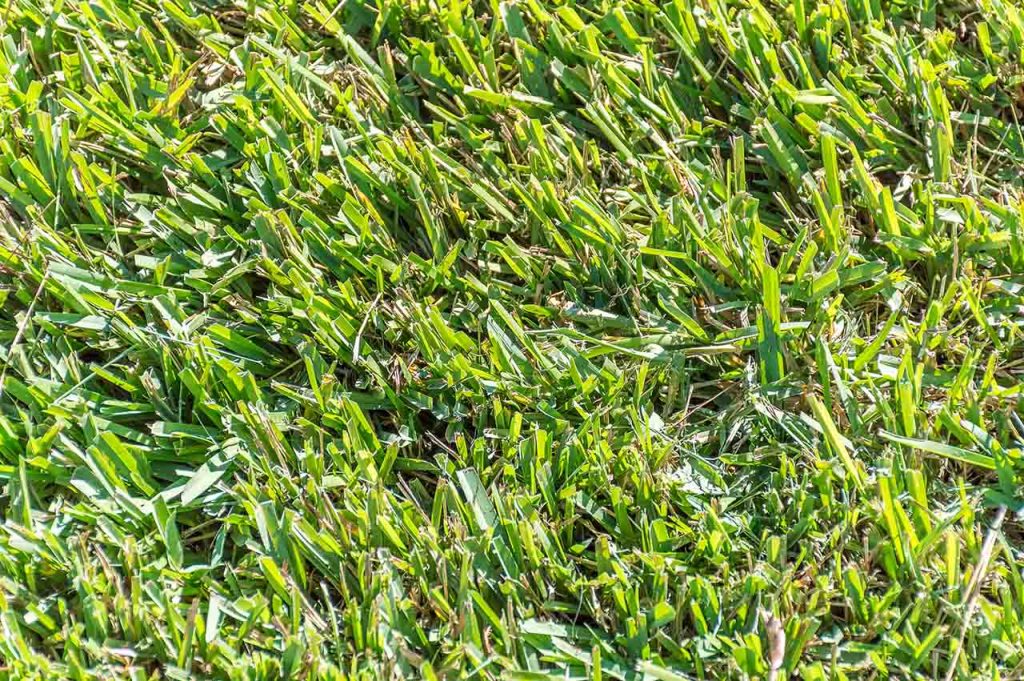
This is a uniquely North Carolina grass type, as many soils across the country can not support centipedegrass, but our region’s sandy soils are ideal. Centipedegrass is enjoyed for its low maintenance and infrequent fertilization needs. While this grass is a great low-maintenance option, it is important to remember that centipedegrass is very slow-growing, has shallow roots, and is prone to compaction and thatch buildup from foot traffic.
Characteristics
- Light-to-medium green color
- Coarse texture
- Medium-sized leaf blades
- Folded vernation
- Boat-shaped tips
- Optimal height of 1.5-2 inches
- Good heat tolerance
- Good drought tolerance
- Medium-to-good shade tolerance
- Poor cold tolerance
Zoysiagrass
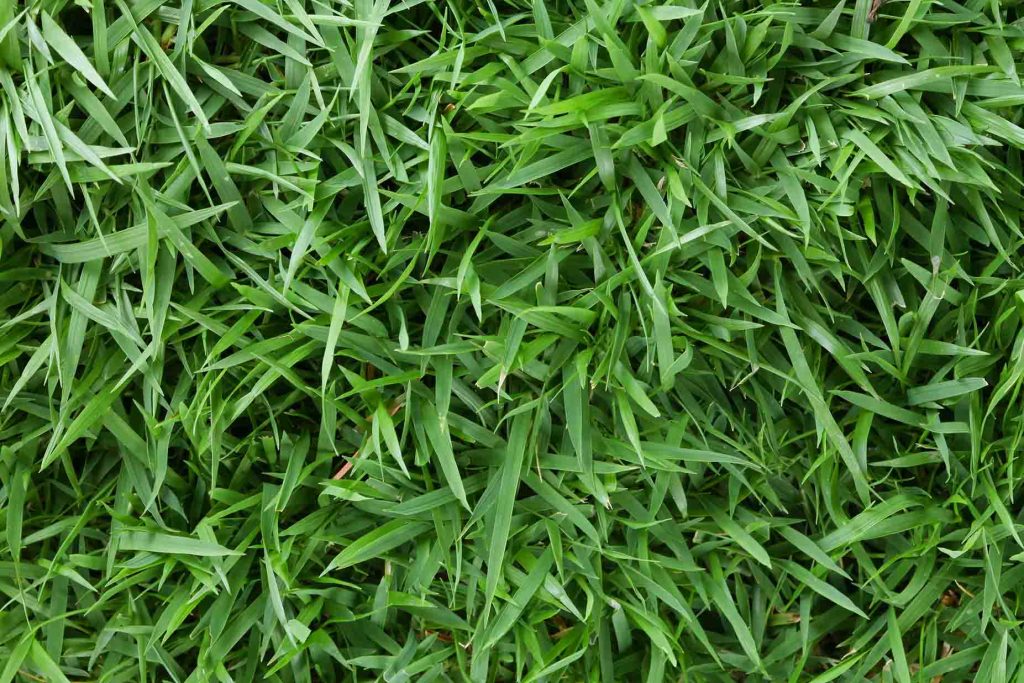
Known for producing a very dense lawn, zoysiagrass is a popular warm-season grass in North Carolina. The dense coverage of zoysiagrass is due to its outward growth, which also creates a very desirable cushion-like feel underneath bare feet. Zoysiagrass is slow-growing and slow to establish, but it is a tolerant grass type with a deep root system, which makes this a relatively low-maintenance option for your lawn. Zoysiagrass is also known to be highly tolerant of foot traffic and daily wear.
Characteristics
- Light-to-medium green color
- Usually has a coarse texture
- Thin-to-medium leaf blades
- Rolled vernation
- Sharply pointed tips
- Optimal height of 1-1.5 inches
- Very good heat tolerance
- Excellent drought tolerance
- Medium-to-good shade tolerance
- Medium-to-poor cold tolerance
St. Augustinegrass
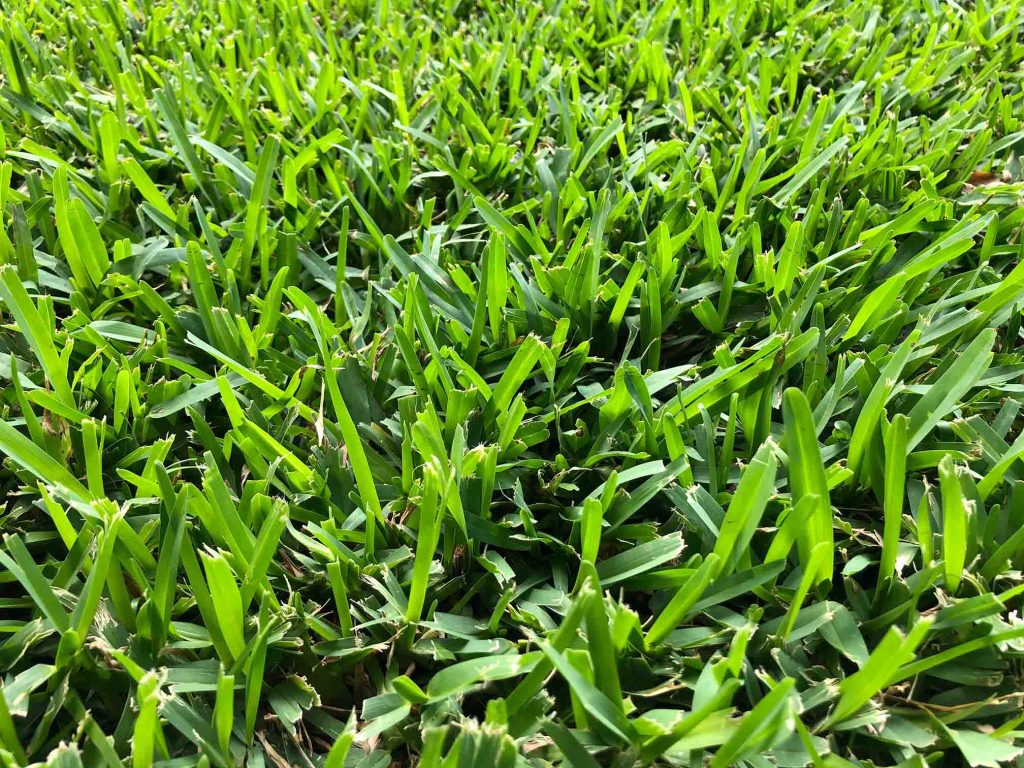
This is the warm-season grass for anyone who prefers to keep a taller lawn. Because St. Augustinegrass thrives at taller heights, hot and humid conditions are the best choice for this type. However, this would not be considered a low-maintenance grass because maintaining taller turf means more frequent mowing and fertilization needs. People who don’t mind the extra TLC involved in having St. Augustinegrass will enjoy thick, full grass coverage that spreads quickly and chokes out unsightly weeds.
Characteristics
- Medium-to-dark green color
- Very coarse texture
- Wide leaf blades
- Folded vernation
- Boat-shaped tips
- Optimal height of 2.5-3.5 inches
- Very good heat tolerance
- Medium drought tolerance
- Very good shade tolerance
- Poor cold tolerance
Cool-Season Grass Types
Tall Fescue
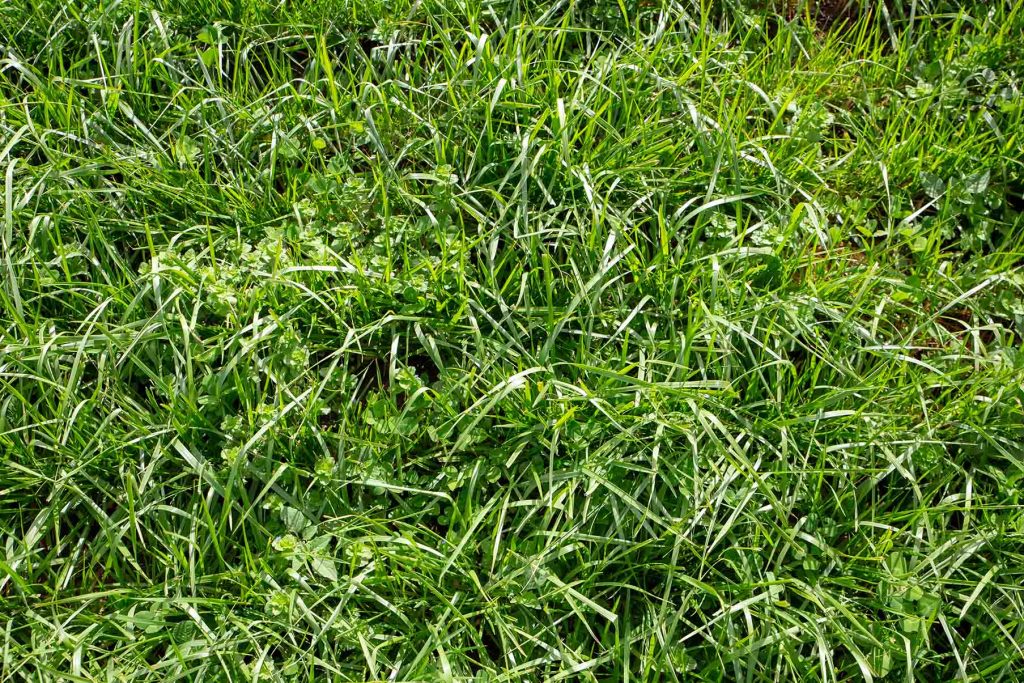
The most common cool-season grass in North Carolina is known as tall fescue. As you may have guessed from the name, tall fescue is another grass type that tolerates high mowing heights very well. The growth of tall fescue is often described as a dense, bunch-type growth, which means this grass type will require a moderate amount of maintenance. With proper and regular maintenance, however, tall fescue is the most tolerant and long-lasting cool-season grass you will find. In fact, tall fescue is so resilient that it is often mixed with other grass types to make a stronger lawn.
Characteristics
- Light-to-medium green color
- Medium-to-coarse texture
- Medium-sized leaf blades
- Rolled vernation
- Pointed tips
- Optimal height of 3-4 inches
- Good heat tolerance
- Very good drought tolerance
- Good shade tolerance
- Very good cold tolerance
Fine Fescue

This fescue type is made of several different fescues, and it is much softer and easier to maintain than tall fescue. The leaves of fine fescue are known to be thinner and darker than tall fescue. Fine fescue often experiences bunch-type growth, but certain types of fescue that may be present in a fine fescue mix may spread by rhizomes, making fine fescue growth very versatile. Fine fescue is the most shade-tolerant cool-season grass, and it is beloved for its adaptability and uniform growth.
Characteristics
- Medium-to-dark green color
- Fine texture
- Medium-to-thin leaf blades
- Folded vernation
- Pointed tips
- Optimal height between 1-3 inches
- Medium heat tolerance
- Good drought tolerance
- Excellent shade tolerance
- Very good cold tolerance
Kentucky Bluegrass
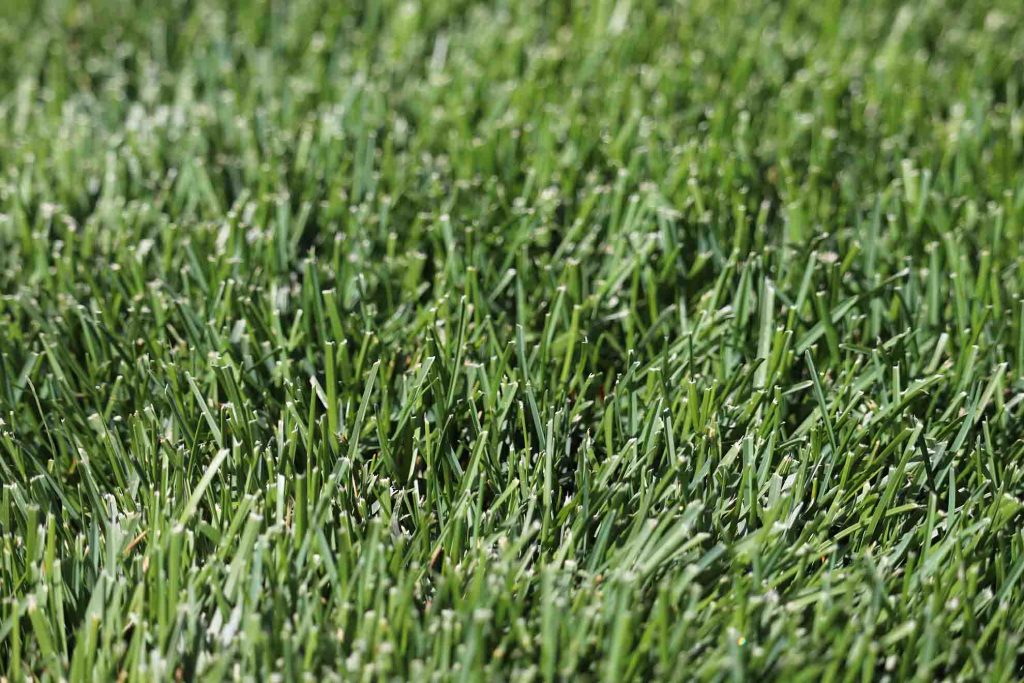
Mountainous regions of the Carolinas enjoy the unique appearance of Kentucky bluegrass, and many other areas mix Kentucky bluegrass with tall fescue for a more resilient lawn. The appearance of Kentucky bluegrass is so uniquely deep that it is often said to have a blue hue. Aside from its beautiful color, many people enjoy Kentucky bluegrass for its quick growth, fast recovery time, and soft texture. This grass will do very well in direct sunlight, but it will require moderate watering and maintenance to keep it looking its best.
Characteristics
- Medium-to-dark green color
- Medium texture
- Thin-to-medium leaf blades
- Folded vernation
- Boat-shaped tips
- Optimal height of 2.5-3 inches
- Medium heat tolerance
- Medium drought tolerance
- Medium-to-poor shade tolerance
- Very good cold tolerance
Perennial Ryegrass
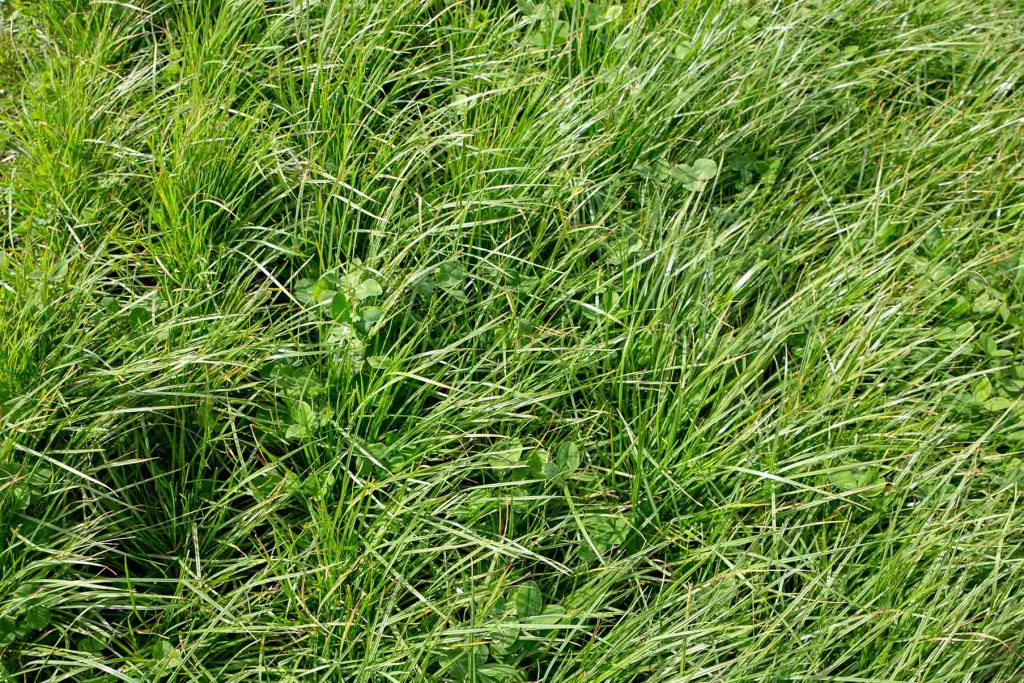
Often compared to Kentucky bluegrass for its similar characteristics, perennial ryegrass is another cool-season grass that is often combined with Kentucky bluegrass in Carolina lawns. Perennial ryegrass spreads via upward bunch-type growth, which creates a hardier lawn when combined with an outwardly growing turf. Perennial ryegrass is most commonly identified by its shiny grass blades, and it is perhaps the most preferred grass type to use for overseeding before winter.
Characteristics
- Medium-to-dark green color
- Fine-to-medium texture
- Thin-to-medium leaf blades
- Folded vernation
- Pointed tips
- Optimal height of 1.5-2.5 inches
- Medium heat tolerance
- Medium-to-good drought tolerance
- Medium-to-good shade tolerance
- Good cold tolerance
Growth Habit & Appearance Checklist
While some grasses might look similar at first glance, their growth habits and physical features provide key clues to tell them apart. Here’s what to look for:
Summer vs. Winter Growth Patterns
Warm-season grasses (like Bermudagrass and Zoysiagrass) go dormant and turn brown during winter. They thrive during the hot, dry summers of the Piedmont and Coastal Plains.
Cool-season grasses (like Fescue or Kentucky Bluegrass) remain green into the fall and early spring but struggle with intense summer heat.
Blade Texture
Fine-bladed grasses, such as fine fescue or Bermuda, feel soft and delicate underfoot.
Coarse-bladed grasses, like St. Augustine or tall fescue, are thicker and wider, providing a denser texture.
Color Variations
Grass shades can range from bluish-green (Kentucky Bluegrass) to bright green (Zoysia) or deep green (Tall Fescue). Consistent color across the yard indicates a uniform species, while patchy tones might suggest a mixed lawn.
Spreading Mechanism
Stolons: Above-ground runners that spread horizontally. Found in grasses like St. Augustine and Bermuda.
Rhizomes: Underground stems that sprout new shoots. Common in Kentucky Bluegrass and Zoysia.
Bunch-type: No spreading stems; they grow in clumps. This includes Tall Fescue and Ryegrass.
Observing these traits throughout the seasons—especially during active growth periods—helps pinpoint exactly what type of turf you’re working with.
How Geography Influences Grass Choice in North Carolina
North Carolina’s geography significantly impacts which grass varieties will thrive in your yard. The state is divided into three major regions, each with its own microclimate and soil conditions:
Mountain Region
Cooler temperatures and higher elevations favor cool-season grasses.
Recommended types: Tall Fescue, Kentucky Bluegrass, Perennial Ryegrass.
Ideal for homeowners in Asheville, Boone, and surrounding highland areas.
Piedmont Region
A true transition zone with hot summers and cold winters.
Homeowners here often grow blends of warm- and cool-season grasses or adapt based on shade and irrigation.
Recommended types: Tall Fescue, Zoysiagrass, Hybrid Bermuda.
Common cities: Charlotte, Greensboro, Raleigh.
Coastal Plain
Hot, humid conditions and sandy soils are perfect for warm-season grasses.
Recommended types: Centipedegrass, St. Augustinegrass, Bermudagrass.
Found in areas like Wilmington, New Bern, and Fayetteville.
Choosing the right turfgrass is all about matching its climate tolerance with your region’s environmental conditions. RDS Lawn Care tailors grass recommendations based on these exact zones.
Why Grass Identification Matters for Lawn Care
If you don’t know your grass type, you might be unintentionally harming it—or wasting your efforts.
Here’s how accurate identification can improve lawn care:
Fertilizer Timing & Type: Warm-season grasses need feeding in late spring and summer; cool-season types thrive with early spring and fall feedings. Using the wrong schedule reduces effectiveness—or burns your lawn.
Watering Schedules: Some grasses have deep roots and tolerate drought; others need more frequent watering.
Weed Control Compatibility: Broadleaf herbicides that are safe for Zoysia may damage St. Augustine. Grass ID ensures your lawn treatments are safe and effective.
Overseeding & Aeration Timing: Tall Fescue benefits from fall overseeding. Bermuda does best with late spring seeding.
In short, grass ID is the gateway to better lawn health, fewer pest issues, and improved curb appeal.
How RDS Lawn Care Can Help Identify and Improve Your Lawn
At RDS Lawn Care, we’ve been serving North and South Carolina homeowners for over 25 years—and we know local lawns like the back of our hand.
Here’s how we help:
In-Person Grass Identification: Our experts assess your grass species and diagnose potential issues like nutrient deficiencies, compaction, or disease.
Soil Testing: Get insights on pH balance, organic matter, and soil type, ensuring your lawn gets exactly what it needs.
Customized Fertilization Plans: Based on grass type and season, we adjust the fertilizer blends, timing, and delivery methods.
Tailored Overseeding & Aeration: We match seeding schedules and grass blends to your lawn’s current conditions and long-term goals.
Whether you’re dealing with patchy growth or looking to start fresh, RDS delivers science-backed strategies that get real, lasting results.
Final Takeaway & Smart Next Steps
Knowing your lawn’s grass type isn’t just trivia—it’s the first step toward smarter, healthier lawn care. It influences how you water, feed, and protect your turf all year long.
If you’re unsure what kind of grass you have or you’re ready to take your lawn to the next level, the experts at RDS Lawn Care are here to help. We’ll guide you through identification, treatment, and ongoing maintenance with custom plans tailored to your region, lawn goals, and budget.
Let us help you grow the lawn you’ve always wanted—right from the roots.Characteristics
